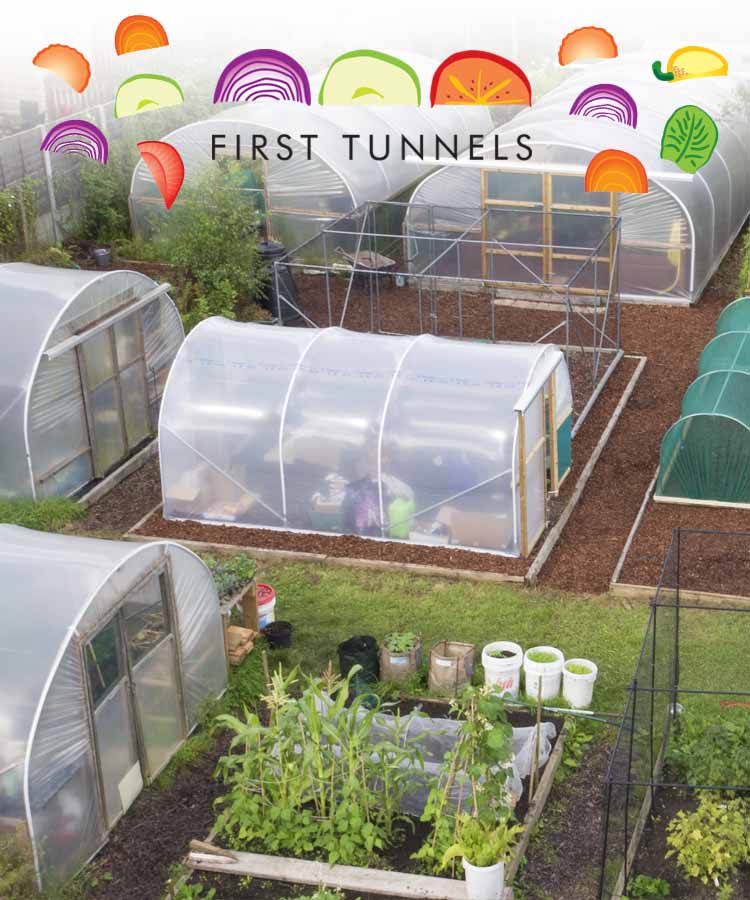As winter progresses, many polytunnel gardeners may encounter snow. Snow will often settle on a polytunnel, creating a layer of the white stuff. This snowy blanket has both advantages and disadvantages. So should you always knock off the snow? If you do need to get rid of it, how should you do so? Let's take a look at this winter polytunnel problem:
First of all, it is important to realise that snow on your polytunnel roof is not always a bad thing. Sometimes, snow can help to insulate your polytunnel and protect the plants inside from hard freezes. A soft accumulation of fresh snow can create a fully layer on top of the plastic can make it warmer inside your polytunnel. It will act in much the same way as an igloo, which protects Inuit peoples from the extreme cold, or a snow shelter for stranded mountaineers. Sometimes, it will be a good idea to leave a fresh accumulation of snow overnight in order to take advantage of the insulation it provides.
However, snow on your polytunnel can also put strain on the structure. While fresh snow can be fluffy and relatively light, too much snow can stress the plastic covering and an intense accumulation could be too much for the structure. If the snow freezes onto your polytunnel, the plastic can be damaged. So if snow settles for too long, or is too heavy, it is best to remove it. A thick layer of snow on your polytunnel can also be a disadvantage when it is blocking too much light from plants growing inside it. Light levels can be a problem in winter at the best of times, so snow will often have to be removed when it has remained for too long and is keeping what little daylight there is from growing winter crops.
The good news is that it is not too difficult to remove a layer of snow from your polytunnel. Often, snow will simply slide off as the temperatures rise inside, either due to sunlight, or with the use of a polytunnel heater. When it does not, you can simply gently knock it off with a long-handled brush, or run a rope along the length of a larger tunnel. Pushing from inside with the palm of your hand may be enough to dislodge the snow on a smaller tunnel.
We’d like to share Richard Perkins video - It’s about polytunnels in a climate where deep snow and long dark winters are the norm, Richard is a regenerative farmer, that’s farming that actually improves the land and the environment. Not just sustainable but farming that manages and improves the land.
